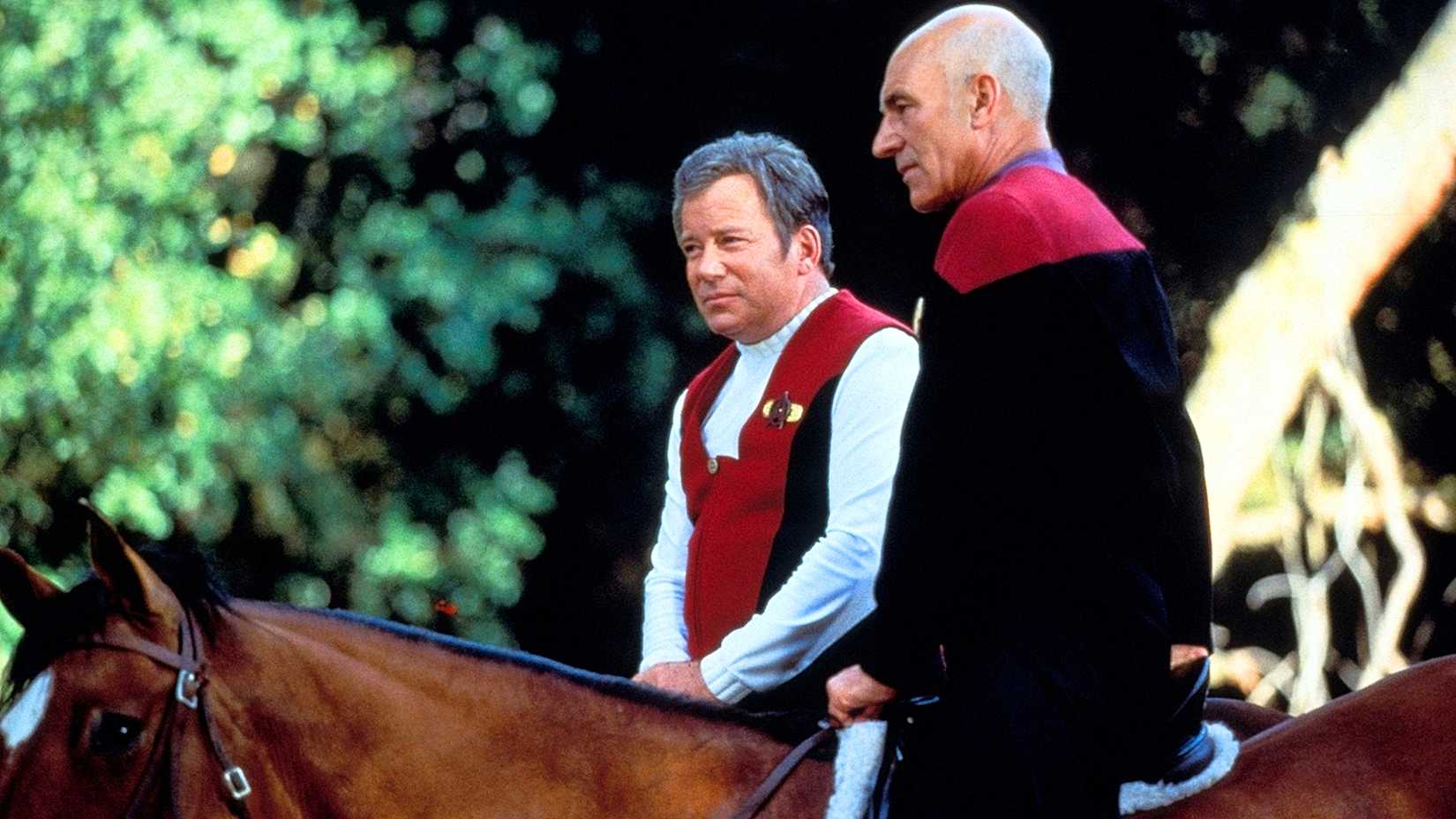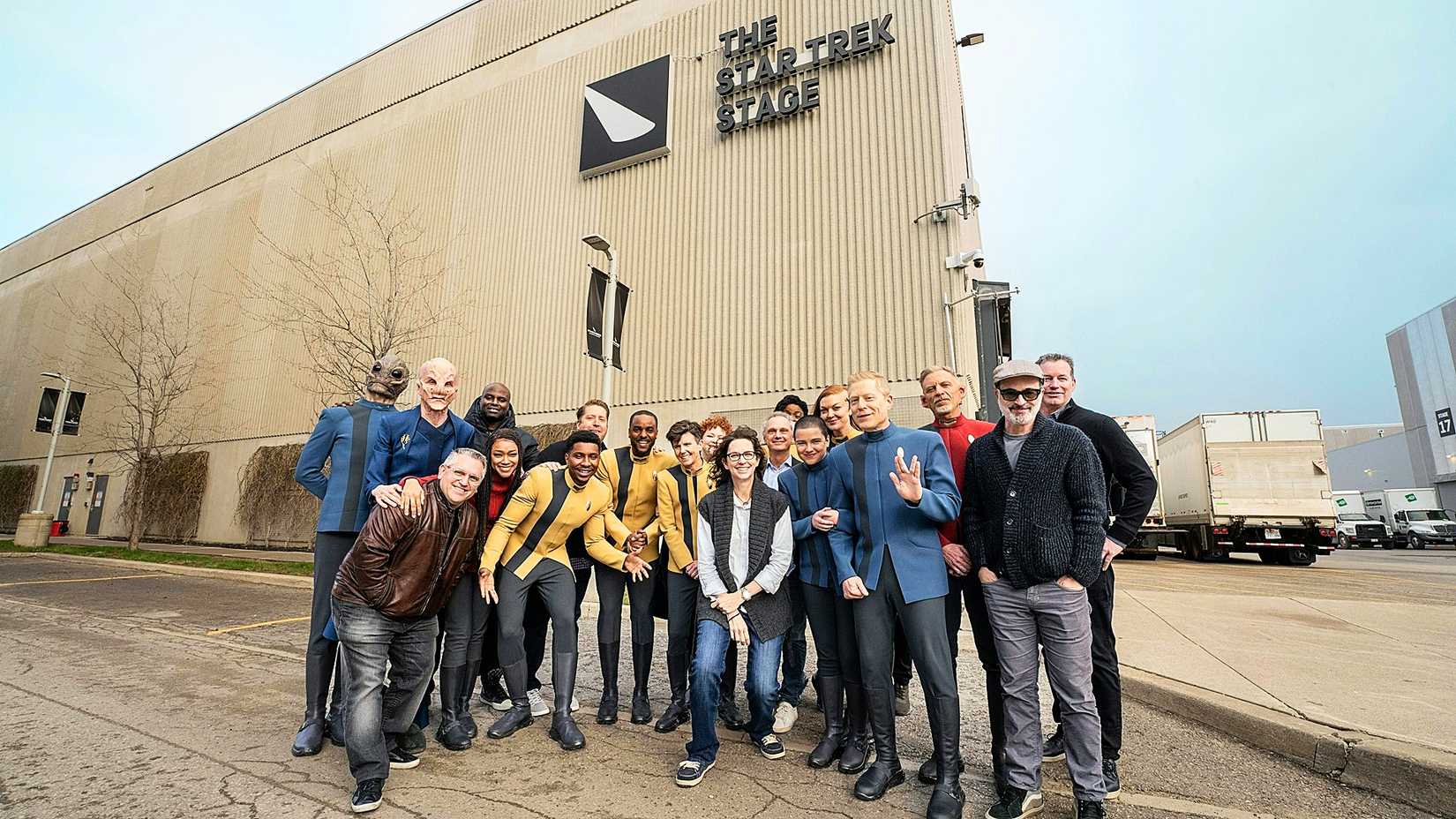
When the studio entered into the fray in the so-called Streaming Wars, it was the universe created by Gene Roddenberry that helped launch CBS All Access (which became Paramount+). Even though Discovery saved the franchise, none of the third wave of series would become a massive draw for new subscribers. Fans of Star Trek were already on board, especially when the legacy shows left other outlets like Netflix and Prime Video in the U.S. Over the same time period, thanks to the success of Yellowstone, Sheridan oversaw the creation of a number of spinoff and standalone series. Most of these debuted on Paramount+ and are considered a big reason why the struggling service inched towards profitability. By the time Sheridan exits completely for Universal in 2029, Paramount will have several shows with multiple seasons that may entice fans to revisit them and, if they’re lucky, still draw in new viewers. Sheridan’s departure at the dawn of the SkyDance-led era of Paramount may seem like a great loss. Yet, the “universe” — for lack of a better term — he created almost certainly won’t enjoy the same kind of longevity as Star Trek.
Taylor Sheridan Became a Big Draw for Paramount, but Star Trek Is an Institution

When NBC, ironically now part of Universal, canceled Star Trek: The Original Series in 1969, it happened shortly after Paramount purchased Desilu studios. At the time, the show was expensive and, arguably, troubled behind the scenes. Over the next two decades, however, Star Trek: TOS was the highest-rated one-hour scripted series in syndication, meaning pure profit for its parent studio, Paramount. This spawned a series of films and the second wave of TV shows, starting with Star Trek: The Next Generation. The third wave began after another series of mergers and acquisitions, drastically expanding the studio’s oldest franchise. Today, Star Trek‘s production company Secret Hideout races to complete the final seasons of Strange New Worlds and the second for Starfleet Academy before their deal expires in 2026.
Meanwhile, the beginning of the end for Sheridan’s Yellowstone empire came when series star Kevin Costner made his desire to leave public. Rumors suggest that the show and its spinoffs enjoyed a budget similar to, if not considerably higher than, Star Trek‘s. Bolstered by other hits like Mayor of Kingstown, Tulsa King, and other shows, a significant amount of Paramount’s budget for original series went to Sheridan. Concurrently, the spate of production on new Star Trek shows and films, many of which languish or have even died in development, has considerably slowed. Just a few years ago, there were five series in production, both live action and animation. Controversial and contemporaneously criticized shows like The Animated Series, Deep Space Nine, or Enterprise are now widely considered classics. The third-wave shows will likely enjoy a similar reappraisal.
For Taylor Sheridan’s fans, it’s the end of an era at Paramount since his name drew attention to every new project. It’s as-yet unclear if Secret Hideout, led by Alex Kurtzman, will enter into a new agreement with Paramount. Even if they do, it’s an open question whether the company will still exclusively produce Star Trek. While the legacy of Sheridan’s shows at Paramount remains to be seen, Star Trek is less uncertain. The shows age well and usually finds only more fans with time. Whoever ends up boldly going into the seventh decade of Star Trek storytelling could end up with more money for production that may have otherwise bolstered Sheridan’s budgets.
How Sheridan and Star Trek’s Custodian Secret Hideout Differed In Their Approaches

The mechanics of Sheridan’s Paramount exit will be complicated, but the reasons behind it are simple: money. Reports in the trades covering the deal suggest Sheridan felt insufficiently wooed by David Ellison and Paramount’s new executives. It’s also suggested he took umbrage at creative critical notes about upcoming projects coming from Cindy Holland, formerly of Netflix. The studio apparently planned to limit his budgets, as well. Yellowstone, its spinoffs, and Sheridan’s other “cowboy shows” all filmed on his personally-owned ranch. This means the budget for these series went into building up the filmmaking infrastructure on his own properties. Paramount may get to keep the shows they paid for, but Sheridan gets to keep the rural studio they built.
Meanwhile, Secret Hideout used the budgets for its Star Trek shows to build up infrastructure as well. The Toronto studios where the majority of the shows are filmed enjoyed upgrades, including an “augmented reality wall” similar to the StageCraft technology Star Wars used for its streaming originals. These stages have been named for Star Trek, essentially creating an even larger and more advanced film production home base than during the second wave’s 18-year run. In fact, Starfleet Academy features “the most massive” Star Trek set ever built. While Sheridan built up the infrastructure for his own facilities on Paramount’s dime, Secret Hideout did the same for Star Trek. Only if there is no new deal, the house that Kurtzman built merely passes on to the next custodian of Star Trek.
Unless Sheridan completely bamboozled studio executives, Paramount+ will likely continue to host his work for them. So, even if the alleged 20 television shows NBC/Universal want from him succeed, Sheridan completionists will be drawn to his former home. Meanwhile, new talent, such as the Duffer Brothers, could repeat his success with their own original ideas. But one look at the entirety of Star Trek shows this universe is bigger than one writer and producer, even its creator, Gene Roddenberry. His successors, Rick Berman and Kurtzman, are mere custodians of this universe. Even if Secret Hideout continues at Paramount, eventually new creators, filmmakers, casts, and crew will take up the baton. Instead of production budgets building up Sheridan’s personal infrastructure, Paramount can continue to invest in a storytelling universe that will forever define them.
Star Trek Will Always Be Paramount’s Most Important Name, Not Taylor Sheridan

After the recent acquisition of Paramount, SkyDance bid on Warner Bros., which is an aggressive move, for sure. If Ellison and his partners are successful, that could seem like bad news. After all, with DC Comics, Harry Potter, and countless other franchises, Star Trek will be a small fish in a big pond of intellectual properties. Yet, since the official name of the studio is now “Paramount, a SkyDance company,” it stands to reason there won’t be a complete merger. Rather, if the sale went through, “Warner Bros., a SkyDance company” could be a distinct entity. Distribution and production infrastructure may merge, but each studio will likely retain its own identity.
Before the merger, the studio existed in dire financial straits. This is why Paramount licensed the Star Trek movies to HBO Max. Even with the combined IP of HBO and WB, Captains Kirk and Picard remained an attractive draw for the other streamer, either bringing in new subscribers or, at least, helping to avoid the churn that comes with years-long waits for new seasons of House of the Dragon. Casual or new fans don’t look at Star Trek as a place for storytelling from a single creative like Kurtzman, Berman, or Roddenberry himself. It’s an institution that, for better or worse, all blends into one big narrative tapestry with time. Whatever happens to Paramount now or in the future, Star Trek will be an anchor preventing the studio from drifting into obscurity.
People who signed up to Paramount+, eager to watch any new Taylor Sheridan joint, may follow him to Peacock. However, the people who love or discover Star Trek do so irrespective of the behind-the-scenes talent. It made sense to throw money at Sheridan for a new series while his name captured the public’s attention. But even people who don’t know the Cardassians from the Klingons know the Star Trek name. Paramount would have had to pay massive amounts of money to keep Sheridan in the fold. Whether or not his shows have longevity is still a mystery. Without him, the studio can invest that money into Star Trek because even its “flops” end up turning a profit. It’s been popular for nearly 60 years, and no big-money deal among the studios can ever take it away.
